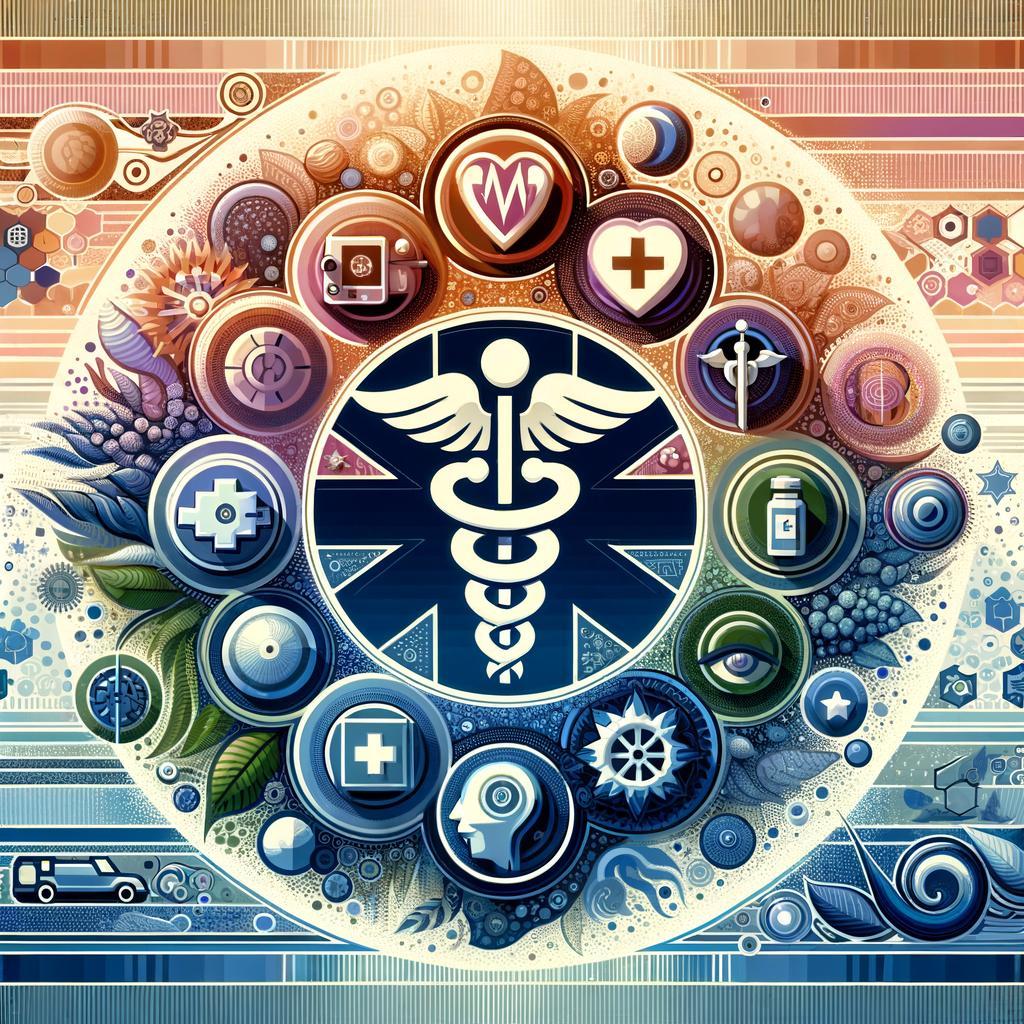As America grapples with a multifaceted health crisis characterized by rising obesity rates, chronic diseases, and mental health challenges, the imperative for action has never been clearer. While systemic factors such as healthcare access, socioeconomic disparities, and public policy play crucial roles in shaping the nation’s health landscape, the significance of personal responsibility cannot be overstated. The choices we make daily—regarding diet, exercise, substance use, and mental well-being—directly impact not only our individual health but also the broader health of our communities. This article seeks to illuminate the critical intersection of personal accountability and public health, presenting a compelling case for why taking charge of our health is not just a personal endeavor but a societal necessity. By fostering a culture of responsibility, we can empower ourselves and one another to break free from the cycle of health decline and pave the way toward a healthier, more vibrant America. It’s time for a collective call to action, encouraging every American to embrace their role in reversing the tide of our health crisis, one informed decision at a time.
Personal Accountability and Its Impact on Public Health Outcomes
The relationship between personal accountability and public health outcomes is more critical than ever, especially in light of ongoing health crises. When individuals take responsibility for their health, the ripple effect can lead to significant improvements in community well-being. Examples of personal accountability include:
- Adopting a Healthy Lifestyle: Engaging in regular exercise, maintaining a balanced diet, and avoiding harmful substances can drastically reduce the risk of chronic illnesses.
- Staying Informed: Educating oneself about health issues, preventive measures, and available resources empowers people to make better choices.
- Seeking Preventive Care: Regular health check-ups and screenings can catch potential health issues early, leading to more effective treatment and better outcomes.
Moreover, the collective impact of individual actions creates a healthier society. When a majority of the population prioritizes their health, the strain on healthcare systems lessens, allowing for better allocation of resources. Consider the following statistics:
| Health Strategy | Potential Community Benefit |
|---|---|
| Regular Vaccination | Herd immunity against contagious diseases |
| Active Public Engagement | Increased mental health support and awareness |
| Preventive Health Screenings | Early detection and treatment leading to reduced healthcare costs |
By embracing personal accountability, each individual plays an indispensable role in shaping a healthier tomorrow, confronting the pressing health challenges of our times. The power of responsible choices cannot be underestimated, for it lays the foundation for a future where public health thrives.

Empowering Communities through Education and Resources
Investing in education and resources at the community level is crucial to addressing the challenges posed by America’s health crisis. Health literacy plays a vital role in enabling individuals to make informed decisions regarding their well-being. By providing accessible health education programs, communities can empower their members to understand the importance of nutrition, exercise, and preventive care. Additionally, integrating local health resources can bridge the gap between knowledge and action, ensuring that everyone has the tools they need to lead healthier lives. Key initiatives may include:
- Workshops on nutrition and healthy cooking
- Fitness classes tailored to all age groups
- Support groups for chronic illnesses
- Access to mental health services
- Community gardens promoting sustainable food sources
To further amplify these efforts, it’s essential to create networks that foster collaboration between schools, local businesses, and healthcare providers. This synergy can lead to the development of comprehensive health initiatives that are both innovative and effective. Building partnerships allows organizations to pool their resources, share best practices, and reach a broader audience. A proactive approach can be illustrated through a simple table showcasing potential collaboration benefits:
| Partner | Contribution | Benefit to Community |
|---|---|---|
| Local Schools | Health education curriculums | Informed youth on health choices |
| Healthcare Providers | Workshops and free screenings | Increased access to care |
| Local Businesses | Sponsorship of wellness events | Community engagement and support |

Strategies for Individual Action: Fostering a Healthier America
Individual action is crucial in navigating America’s health crisis. By adopting simple yet effective habits, we can collectively improve our well-being. Focus on these strategies to enhance your health and the health of your community:
- Prioritize Nutrition: Make conscious food choices by incorporating more whole foods into your diet, such as fruits, vegetables, and whole grains.
- Engage in Regular Exercise: Aim for at least 150 minutes of moderate aerobic activity each week. Find activities you enjoy to stay motivated.
- Practice Mindfulness: Take time for mental well-being through practices like meditation or yoga. Reducing stress can have significant health benefits.
- Stay Informed: Educate yourself on health issues impacting your community, and take part in workshops or health screenings.
Moreover, fostering a healthier America requires community involvement. Here are some ways you can advocate for positive change:
- Support Local Initiatives: Engage with or donate to local health organizations that promote healthy living and provide community resources.
- Promote Wellness Programs: Push for the incorporation of health education programs in schools and workplaces.
- Advocate for Accessibility: Support policies that improve access to parks, recreational areas, and health services for all community members.
| Action | Impact |
|---|---|
| Healthy Eating | Reduces risk of chronic diseases |
| Regular Exercise | Improves cardiovascular health |
| Mental Health Practices | Enhances overall quality of life |
Key Takeaways
As we navigate the complexities of America’s health crisis, it becomes increasingly evident that personal responsibility plays a pivotal role in shaping the health and well-being of our communities. The choices we make—whether in our diet, physical activity, mental health, or preventive care—extend beyond the individual; they resonate throughout our families, social circles, and society at large.
This call to action is not merely about taking ownership of our health; it is an urgent plea for collective engagement. By fostering healthier habits, advocating for accessible healthcare, and supporting initiatives that promote wellness, we can collectively alleviate the burdens on our healthcare systems and improve our quality of life.
Let us remember that change begins with us. Each small action can cumulatively lead to a significant impact, making personal responsibility a powerful catalyst for a healthier future. It is imperative that we take this challenge to heart, not only for ourselves, but for the generations that will follow. Together, we can forge a path toward a healthier America, prioritizing wellness, resilience, and a brighter tomorrow. The time to act is now—let’s take responsibility for our health and inspire others to join us in this vital movement.

Leave a Reply